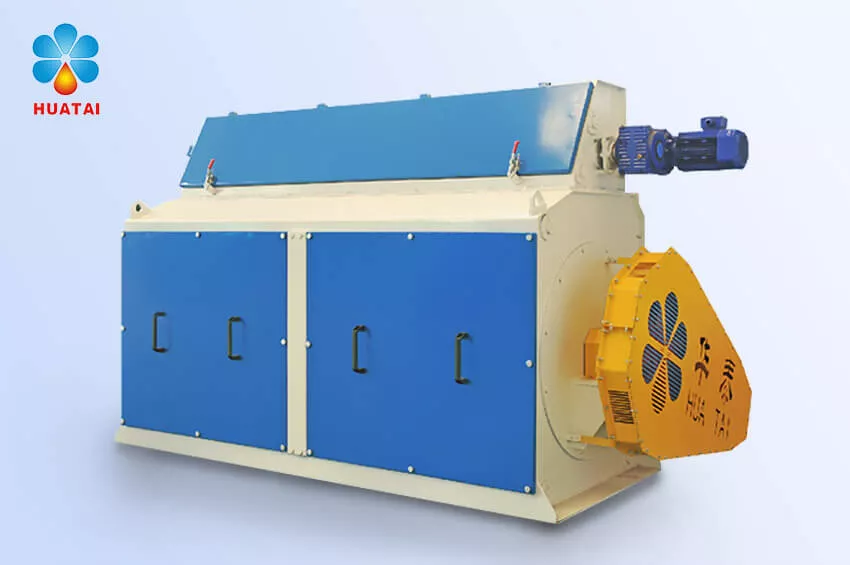- Home
- Products
-
Solutions
- Oil Production Line
- Oilseeds Pretreatment
- Oil Solvent Extraction
- Oil Refining
- Low Temperature Subcritical Butane
- Biodiesel Production Line
- Animal Fat Refining
- Protein Engineering
- Starch Engineering
- Feed Production Line
- Corn Deep Processing
- Rice Milling
- Stone Mill Processing
- Grain Processing
- Wheat Flour Processing
- Seed Packaging Production Line
- Wastewater Treatment
- Cyperus Subcritical Extraction
- Cases
- News
- About us
- Contact us






